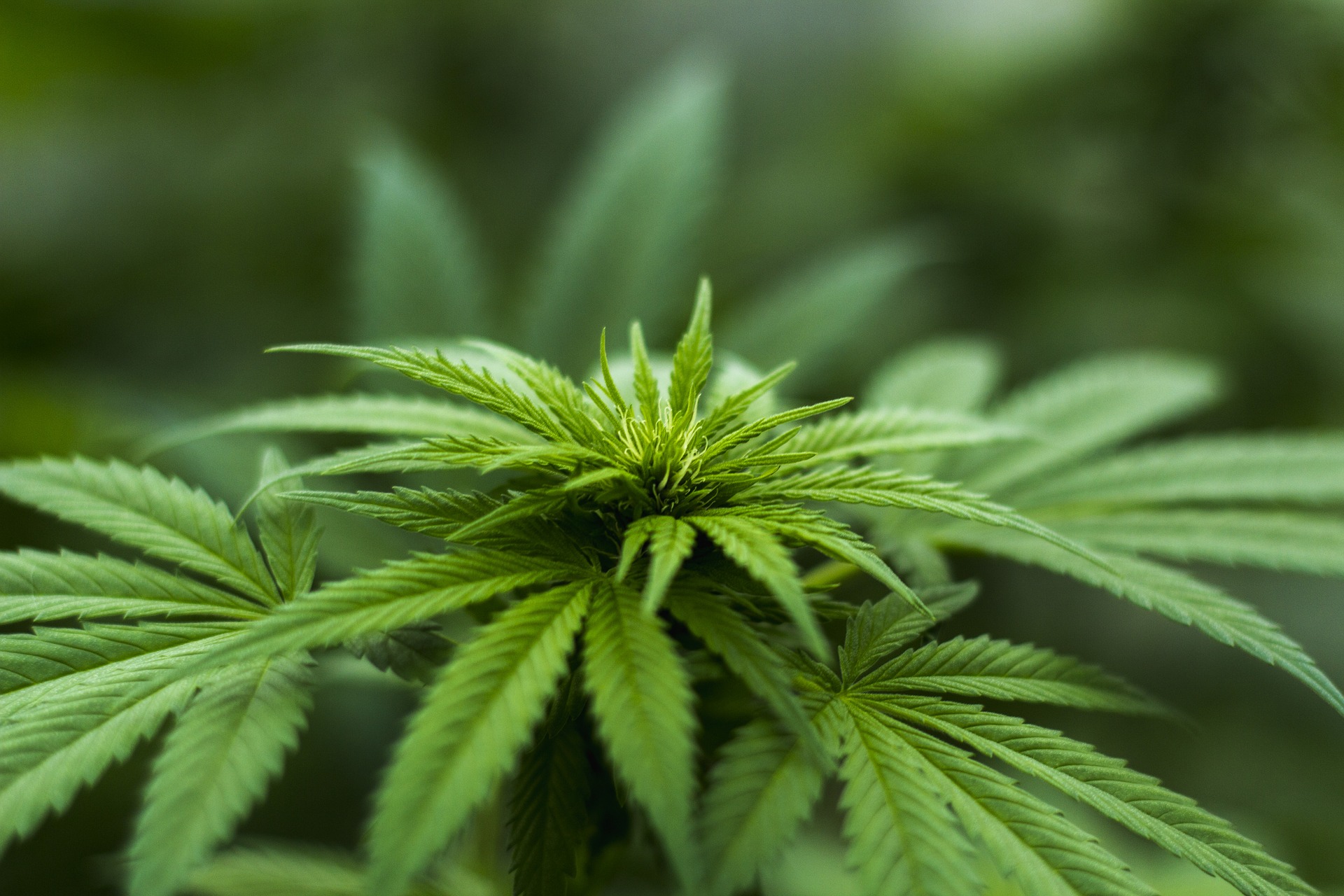Beginner's Guide To Growing Marijuana Outside
Posted by Jennifer Smith on 3rd Apr 2019
The Cannabis Industry is a multi-billion dollar per year industry estimated to grow to $147 billion by 2025. Because recreational marijuana was legalized in most of the United States and Canada, growers want to learn how to expand their reach and grow marijuana outside from the convenience of their own farm. Here are tips for starting a weed farm outside.
Think Of Climate
Marijuana plants require direct sunlight during midday and plenty of water to soak up for successful growth. However, if temperatures rise above 86°F or drop below 55°F, cannabis growers may see their plants start to suffer. Heavy rain falls can also damage the weed plants. Consider the conditions and act to protect the plants from weather damage.
Space Out the Marijuana Plants

Growing weed in the backyard is just like growing any other plant. The plants need space for growth. Being too close to other plants puts them at risk of being suffocated by other weeds or root systems.Additionally, being too close to other types of vegetables or flowers puts cannabis seedlings at risk of being eaten by wildlife.
Additionally, plants will need a ventilation system (sufficient breeze); however, if growers live in areas with high winds, plant near a wall, fence or shrubbery to block some of the wind.
Plants also need to be hidden from roads and away from neighbors' views. This is required law by some U.S. states as well as some Canadian provinces. In Canada, for example, provincial law is different. British Columbia requires plants to be hidden from neighbors and locked away from view in Manitoba.
Soil Matters
The soil needs to be rich in nutrients for marijuana plants to grow. A month before planting, dig large holes in the ground and mix compost, manure, or other decomposed organic matter. Sandy soil types will require added nutrients - especially in areas with heavy rains where the soil can lose a lot of its nutrients. Softer soils are better to work with, holding more nutrients and have good drainage.
Fertilization is a must, however, first-time growers may want to avoid commercial granular fertilizers if they have never used them before. Some fertilizers are specific for growing cannabis and may be better solutions for beginning weed growers.
Pest Control
Marijuana plants can begin growing in early spring which is when home growers see an abundance of wild animals on properties scouting for food. Keep deer at bay with deer fencing in addition to small critters that may try to cause agricultural damage. Ingestion of the plants can cause the animals to "get high" and sleep near the growing site.
Summary
Do the research this Cannabis Month and check your state's laws on growing marijuana. Have fun with it and develop a passion for growing in the backyard!
